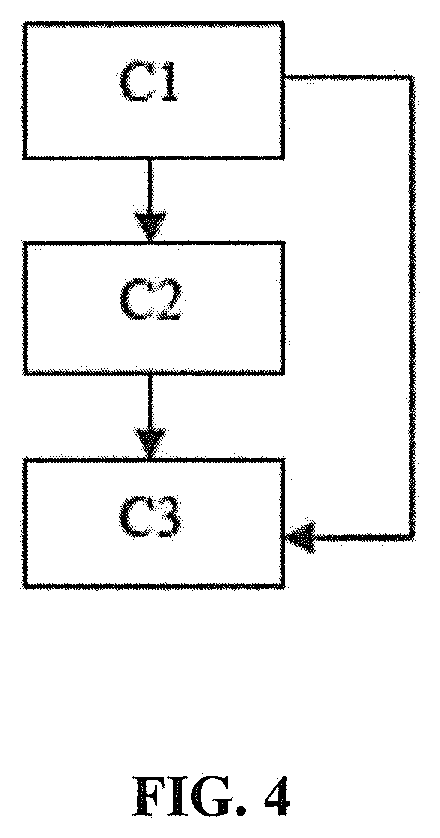Docker-container-oriented method for isolation of file system resources
a file system resource and container technology, applied in the field of virtualization systems, can solve the problems of adversely affecting each other, container isolation is inferior, and resource competition is severer between containers than between virtual machines, so as to prevent any container from monopolizing the underlying file system resources, and improve the operational performance of the container file system
- Summary
- Abstract
- Description
- Claims
- Application Information
AI Technical Summary
Benefits of technology
Problems solved by technology
Method used
Image
Examples
embodiment 1
[0034]The present invention provides a Docker-container-oriented system for isolation of file system resources that address isolation-related issues caused by lock competition in shared kernels and competition for file system resource. The system analyzes locks used during file system operation to find out a predetermined amount of coarse-grained locks and then allocates a fine-grained lock for each container as a replica of the coarse-grained lock, thereby preventing competition for a single coarse-grained lock among plural containers without causing inconsistency. By allocating file system resources to each container file system instance, sharing can be eliminated so as to prevent competition-incurred performance interference and improve isolation.
[0035]Particularly, as shown in FIG. 1, the file system resources isolation system at least comprises a plurality of containers 1, a file operation system calling module 2 and a system kernel 3. Through the file operation system calling ...
embodiment 2
[0041]The present embodiment provides further improvements to Embodiment 1, and what is identical to its counterpart in the previous embodiment will not be repeated in the following description.
[0042]The present invention further provides a Docker-container-oriented method for isolation of the file system resources. The method at least comprises the following steps.
[0043]In S1, the file system resource allocation module 302c allocates the host file system resources according to the demand of the containers 1, and differentiates the containers allocated with different host file system resources by tagging the containers.
[0044]Particularly, when containers are created by for example Docker, the demand for file system resources is determined according to characteristics of the workloads run by the containers. Different containers have different demands on file system resources. For example, where the container runs I / O intensive workloads for a database or a web server, for example, th...
PUM
 Login to View More
Login to View More Abstract
Description
Claims
Application Information
 Login to View More
Login to View More - R&D
- Intellectual Property
- Life Sciences
- Materials
- Tech Scout
- Unparalleled Data Quality
- Higher Quality Content
- 60% Fewer Hallucinations
Browse by: Latest US Patents, China's latest patents, Technical Efficacy Thesaurus, Application Domain, Technology Topic, Popular Technical Reports.
© 2025 PatSnap. All rights reserved.Legal|Privacy policy|Modern Slavery Act Transparency Statement|Sitemap|About US| Contact US: help@patsnap.com



